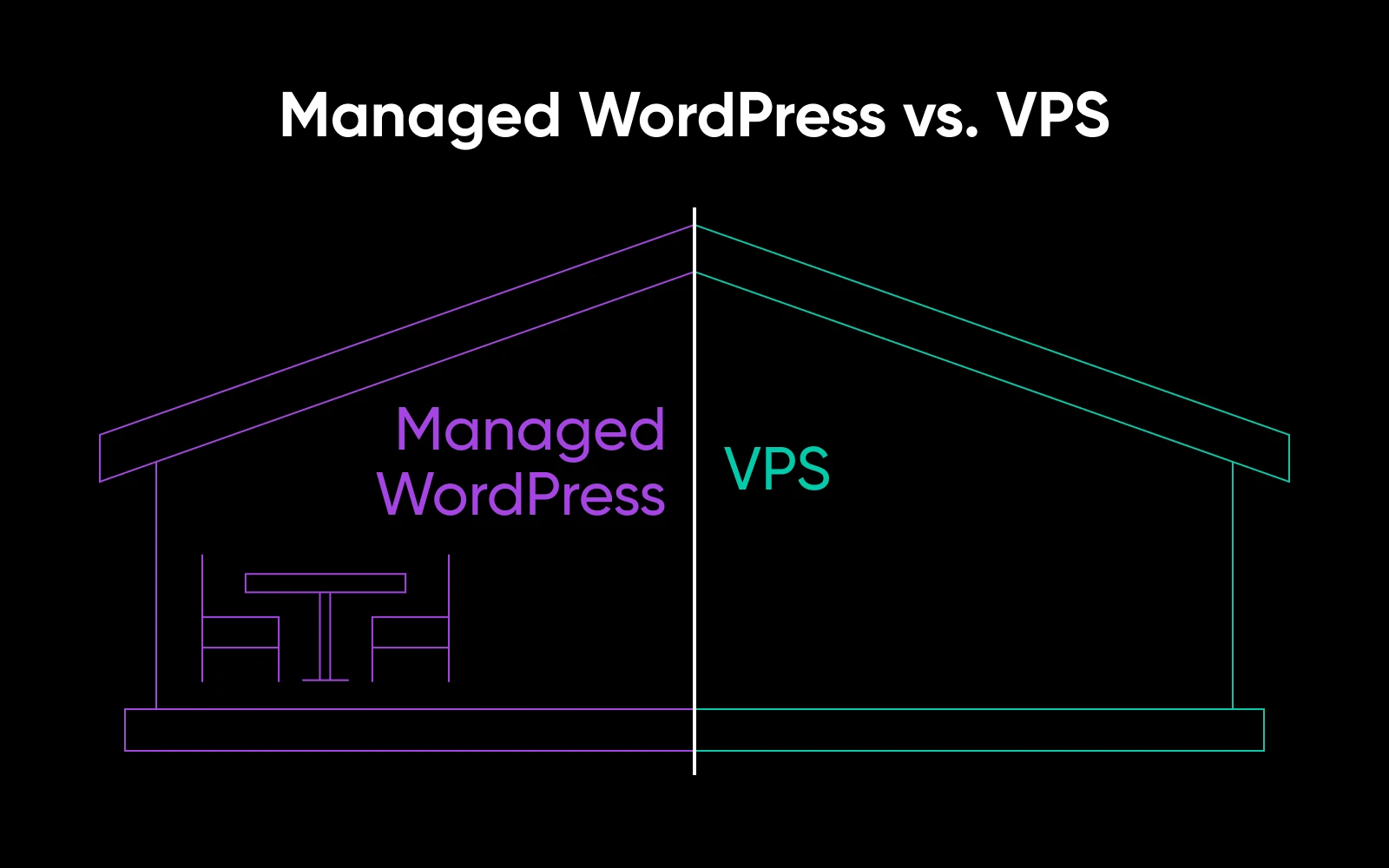The important thing to the environment friendly and safe movement of data by way of advanced networks has a reputation: IP routing. However how do you obtain profitable IP routing that optimizes your organization’s connectivity, improves safety and will increase the efficiency of your networks? I invite you to discover on this article the methods and greatest practices to attain these targets.
What’s IP routing?
IP routing is the method of figuring out the trail {that a} information packet will take from its supply to its vacation spot over an Web Protocol (IP)-based community. This course of is essential as a result of it ensures that data reaches its supposed recipient effectively, regardless of how advanced or in depth the journey. In easy phrases, IP routing is like Waze for the Web: IP routing is a bit like a navigation utility, resembling Waze or Google Maps, that chooses the very best path to get data from one level to a different. However as a substitute of automobiles, we’re speaking about packets of information.
In a community surroundings, every system, be it a pc, server or router, has a novel IP tackle that enables it to be recognized. IP routing takes care of studying these addresses and utilizing routing tables, which include details about attainable routes, to route information effectively. With out correct IP routing, data may very well be misplaced or take suboptimal routes, leading to sluggish or interrupted connectivity.
How does routing work?
The way in which IP routing works depends on the flexibility of routers to learn and analyze the supply and vacation spot IP addresses of every information packet. This has turn out to be a bit extra advanced with the urgency of migrating to IPV6 and on this different weblog put up we let you know why.
To renew: when a knowledge packet arrives at a router, this system consults its routing desk, a file containing routes to completely different networks, to find out the very best accessible route. This choice relies on a number of elements, resembling proximity to the vacation spot, community load and organizational insurance policies.
For instance, if an organization has a number of workplaces related by a personal community, the router would possibly select to ship information over a extra direct, much less congested connection to make sure that data arrives rapidly. As well as, within the occasion {that a} route is idle or saturated, IP routing can mechanically reroute information to another route, making certain continuity of service. This adaptive functionality is vital to sustaining the effectivity and stability of recent networks.
What are the primary routing protocols?
Routing protocols are the foundations utilized by routers to change data and decide the very best route for information. Among the important routing protocols embody:
1. RIP (Routing Info Protocol).
This is among the oldest protocols and makes use of a easy method to pick out routes based mostly on the variety of hops, i.e., the variety of routers a packet should traverse to succeed in its vacation spot. Though straightforward to implement, RIP is much less environment friendly on massive networks on account of its restricted hop vary and sluggish convergence time.
2. OSPF (Open Shortest Path First)
This superior protocol makes use of a link-state algorithm to calculate the shortest path inside a community. OSPF is extensively utilized in massiveenterprise networks on account of its means to deal with advanced routes and its quick convergence time, which minimizes downtime.
3. BGP (Border Gateway Protocol)
Primarily used within the interconnection of enormous networks resembling these of Web Service Suppliers (ISPs), BGP selects routes based mostly on insurance policies established by the organizations. It’s elementary to the operation of the Web, because it permits autonomous networks to speak with one another successfully.
Every of those protocols has its personal benefits and downsides, and the selection of the suitable protocol will depend on the precise wants of the community being managed.
Keys to profitable IP routing
To make sure profitable IP routing, it is very important observe a sequence of greatest practices that optimize community effectivity, safety and resiliency. One of many first keys is to maintain routing tables updated. Adjustments within the community, such because the addition of latest units or modifications in topology, needs to be mirrored within the tables to keep away from routing errors.
One other secret is correct community segmentation. By dividing a big community into smaller subnets, pointless site visitors is decreased and total efficiency is improved. This additionally makes it simpler to implement particular safety insurance policies for various segments, which will increase safety towards exterior and inside threats.
Lastly, it’s essential to observe community efficiency in actual time. Utilizing community monitoring instruments makes it attainable to determine potential issues earlier than they turn out to be vital failures, thus making certain service continuity. The mixture of those practices ensures that IP routing shouldn’t be solely environment friendly, but additionally strong and safe.
Advantages of profitable IP routing
 Effectively-managed IP routing leads to a extra environment friendly and cost-effective operation. One of many important advantages is improved information transmission pace, which interprets into shorter response occasions and a greater end-user expertise. And we all know, we’re within the age of immediacy and impatience: customers are much less and fewer tolerant of delays in importing and downloading content material.
Effectively-managed IP routing leads to a extra environment friendly and cost-effective operation. One of many important advantages is improved information transmission pace, which interprets into shorter response occasions and a greater end-user expertise. And we all know, we’re within the age of immediacy and impatience: customers are much less and fewer tolerant of delays in importing and downloading content material.
One other vital profit is the discount of operational prices. By implementing environment friendly routing methods, firms can decrease the necessity for added bandwidth and cut back the overhead on the community infrastructure. This not solely saves cash, but additionally prolongs the lifetime of community {hardware}, lowering the frequency of pricey upgrades and replacements.
As well as, profitable IP routing strengthens community safety by enabling the implementation of entry and segmentation insurance policies that restrict the danger of assaults and unauthorized entry. That is particularly essential in enterprise environments the place the safety of delicate information is a precedence.
How one can allow IP routing?
Enabling IP routing in a community entails configuring routers in order that they will effectively obtain and ship information packets between completely different networks. Enabling routing normally entails accessing the router’s configuration interface, both by way of a command console or a graphical person interface (GUI), and enabling the suitable routing protocol for the community.
Relying on the protocol getting used (RIP, OSPF, BGP, and so forth.), extra configuration could also be required to outline routes, interfaces and particular routing insurance policies.
You will need to observe the community gear producer’s pointers and proposals to make sure correct configuration and keep away from connectivity issues. As well as, it is strongly recommended to carry out connectivity checks to confirm that routing is working as anticipated earlier than placing the community into manufacturing.
How one can check IP routing?
As soon as IP routing is configured and enabled, it’s vital to confirm that it’s working correctly to keep away from connectivity disruptions. Some of the frequent methods to check IP routing is by utilizing the `ping` software, which lets you ship check packets to a selected IP tackle and examine in the event that they attain their vacation spot.
One other useful gizmo is traceroute, which exhibits the route {that a} information packet follows from its supply to its vacation spot, together with all of the intermediate routers it passes by way of. This makes it attainable to determine attainable bottlenecks or inefficient routes within the community.
As well as, it’s attainable to question the routing tables instantly on the routers utilizing particular instructions, resembling `present ip route` on Cisco units. This command shows all of the routes that the router is aware of and makes use of, in addition to the metric related to every route, offering an in depth view of the routing conduct within the community.
By performing these checks commonly, you may make sure that IP routing stays environment friendly and that the community is ready to deal with information site visitors optimally.
Want extra data?
Be part of our ISP neighborhood
















